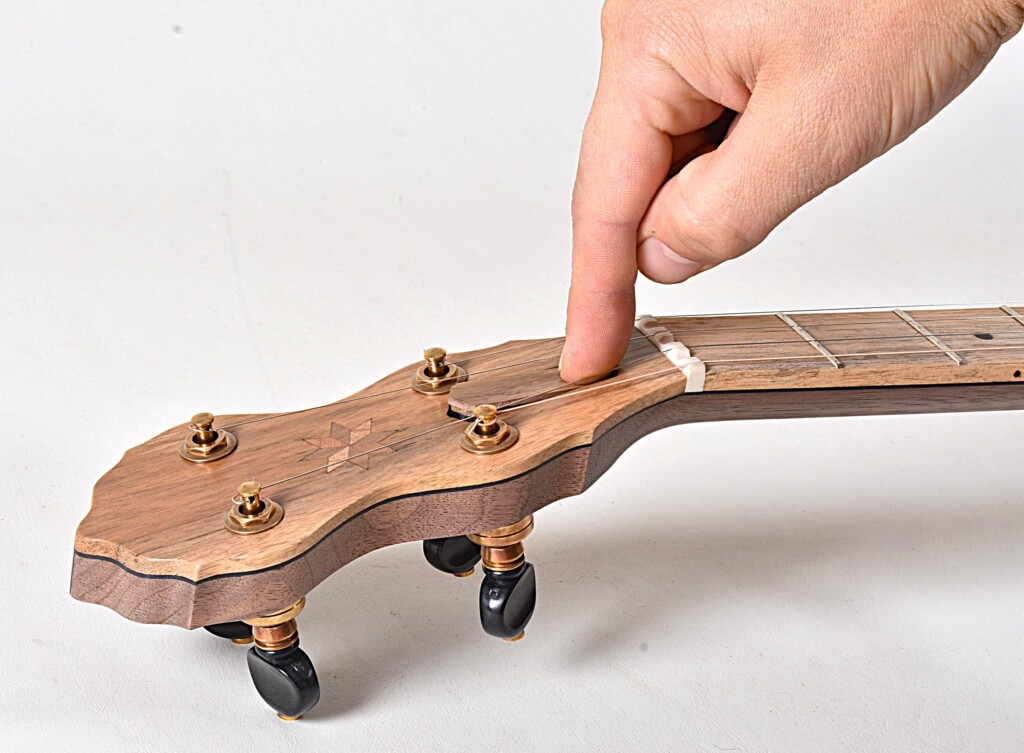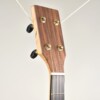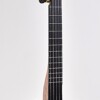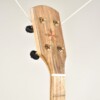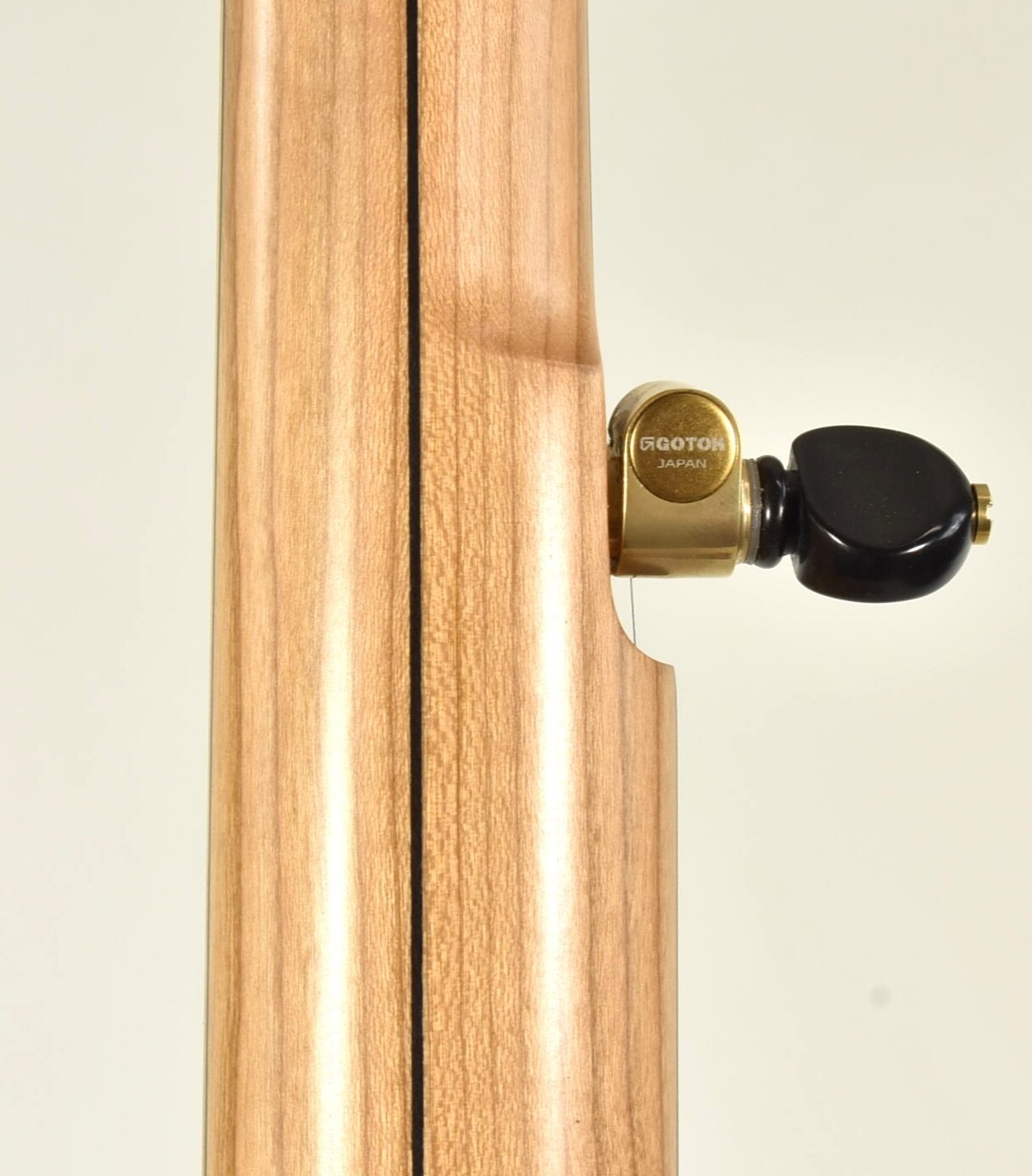
By Patrick David Sawyer | Founder and CEO, Pisgah Banjos
Disclaimer: The views expressed here are based on my personal experience as a professional banjo builder and designer. They reflect years of hands-on work, research, and close collaboration with other respected luthiers in the field.
At Pisgah Banjos, we draw deeply from the rich history of banjo design by looking to the craftsmanship of the past not just for inspiration, but as a guiding principle. Many of the features we incorporate are rooted in the thoughtful details found on 19th- and early 20th-century instruments, where form and function were intimately connected. One such detail, which we’re proud to reintroduce as a standard feature across our banjos, is a sculpted thumb rest just before the fifth string tuner—a subtle but significant element that once defined the best in early American banjo making.
This sculpted feature does two important things: First, it provides a natural ergonomic pocket for the player’s thumb, which improves hand position and comfort—especially in the fourth and fifth fretting positions. Second, and equally important, it strengthens the area around the tapered fifth string peg by increasing wood contact. The result is a more stable fit for the tuner and virtually eliminates the common problem of loose or wobbly fifth pegs.
Personally, I find this small detail profoundly useful. That subtle rise just before the fifth string gives me an anchoring point—like a thumb notch—which improves consistency in my left hand, especially when shifting up the neck. It’s not an innovation so much as a restoration. This was once standard practice in fine 19th-century banjo making, evident in instruments like the 1891 W.A. Cole model shown below.
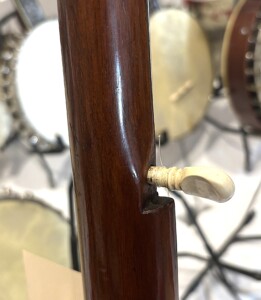
Unfortunately, over the past hundred years, most large-scale manufacturers moved away from these sculpted transitions. Why? Because they take more time to shape and refine. Ignoring this important features makes it much easier to produce at scale, but they sacrifice subtlety—and in my opinion, playability.
Our decision to reintroduce the thumb rest was inspired in part by our friend Will Seeders of Seeders Instruments, who has long championed this detail in his work. The late Will Fielding, another deeply respected luthier, also made this feature a hallmark of his banjos. These builders, like us, represent a tradition of thoughtful, player-centric design—one that emphasizes durability, ergonomics, and musicality over manufacturing shortcuts.
We believe details like this are what separate boutique builders from mass-produced instruments. This is not nostalgia for nostalgia’s sake—it’s about bringing forward the best of the past and using it to shape the future of banjo design.
We’re proud to be part of that effort, and we hope this neck refinement brings greater comfort, confidence, and joy to your playing.
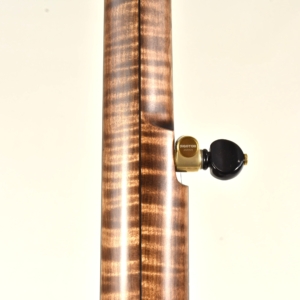
Stained Curly Maple
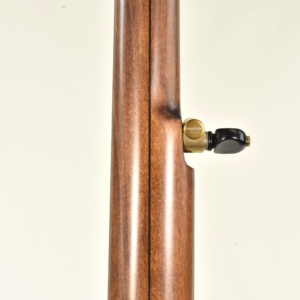
stained maple
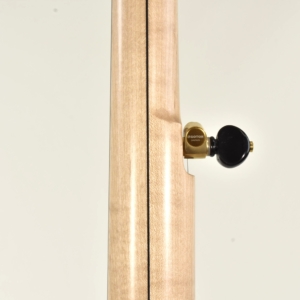
maple

curly maple

